In Search of Ireland’s EDEN

When I told people ‘I am going round the Eden destinations of Ireland’, I was nearly always met with a strange look. Writes Catherine Mack
On one hand I delighted in the fact that no one had heard of Eden destinations and that I had managed to unearth a well-kept secret and, on the other, I was somewhat dismayed that even local people sometimes didn’t know that they were living in an Eden destination.
Not to be confused with the Eden Project in Cornwall, EDEN is actually an acronym for European Destinations of Excellence, a project set up in 2006 which celebrates exemplary sustainable tourism practices in EU countries. Every year the EU chooses a theme, invites submissions from destinations which have created excellent models of sustainable tourism, and then doles out the awards. A very prestigious pat on the back from the EU, for sure, but not much use unless Brussels tells the rest of the world about the Awards. Which now, thankfully, it has started to do by sending me to Ireland, and others like me to other countries, to go #InSearchOfEden (my travelling Twitter hashtag) and then spread ‘the good word’.
Ireland now has five EDEN destinations, the most recent one being Mulranny and The Great Western Greenway which won in 2011 under the theme ‘Regeneration of Physical Sites’. The local communities had got together to convert a disused railway line running from Westport to Achill Island into a 42 km off road cycling and walking trail through otherwise unexplored bogland, mountains and along the shores of the Clew Bay archipelago. Mulranny village, with the Mulranny Park Hotel at its heart, is considered the main hub of the Greenway, especially as it is the only hotel accommodation directly on the trail. Which is apt, considering that this was originally opened as a Victorian Railway Hotel, bringing ladies to take the sea air as they strolled along the still existing causeway, and gents to purvey the views from the Nephin Mountain Range directly accessible via a series of footpaths from the hotel and village. Derelict for years, it was reopened in 2005, and is now an independently owned and thriving walker, cyclist and family friendly hotel. It works tirelessly with local tourism providers most of whom had contributed, in some manner, to the EDEN award application.
This has led to the creation of a superb Greenway Adventures Network and Gourmet Greenway Network where I found that all members were buzzing with tourism with ideas, inputs and innovations.
I then travelled to the other EDEN destinations at Loop Head in County Clare, Sheeps Head in County Cork, Clonakilty in County Cork and finally to Carlingford and the Cooley Peninsula in County Louth. All were not only home to stunning land and seascapes, but also rich in communities wholly committed to the creation of a genuinely sustainable, people led tourism product. Community used to be a dirty word in tourism, however these EDEN winners are proof that people are what make tourism. They understand their destinations, know how to protect them from the negative impacts of tourism, and work together to achieve a fair and shared vision. Consequently they are happy hosts, but at the same time being responsible, proactive and profit making tourism providers.
For example, the walking trails around Sheeps Head in County Cork, created by local farmers through a series of sensitive negotiations with their neighbouring farmers – a process which has taken years, and which has culminated not only in them winning the EDEN award for Tourism in Protected Areas, which was the theme in 2009, but also a walkers’ paradise. Sheeps Head is now a superbly way marked 200 km network of walking trails along this remote and exquisitely beautiful finger of land. It rises up to a long sandstone ridge which, when you hit its various peaks, gives views out across the endless hidden coves of Bantry Bay, Dunmanus Bay, Whiddy Island just off the northern shore and, of course The Atlantic. All created by the people who live there.
In Loop Head, in County Clare, I took on the Loop Head Cycleway, another remote headland which tourists can often whizz past en route to the more famous Cliffs of Moher, unaware that there are cliffs galore just tucked away on this peninsula, with no crowds or coaches. Over three days I met some of the major players of this EDEN network along the Cycleway, people who have come together to put Loop Head on the world sustainable tourism map under the EDEN’s theme of ‘aquatic tourism’, enabling me to cycle along the cliff route of the wilder Atlantic North coast, visit the newly opened lighthouse at its tip, and go dolphin watching off the calmer Shannon shores on the Head’s southern side, which is home to a bevvy bottlenose beauties. I also bathed in the natural phenomenon of the Pollock Holes in Kilkee, soaked in the traditional seaweed baths (think sublime, forget slime), and stayed in a selection of small, locally owned accommodation, from bell tents http://www.purecamping.ie/ to an old converted schoolhouse.
The Carlingford and Cooley Peninsula, which won an EDEN award in 2008 under the theme of Intangible Heritage, is the setting for a wealth of myths and legends. It is also home to one of Europe’s most extraordinary, and somewhat bizarre, protected areas. Not of flora or fauna, but for the protection of Little People, or Leprechauns. Following sightings by a local Leprechaun Whisperer (for real), you can now hike up a section of Slieve Foy which towers over Carlingford town, in the knowledge that under an EU Directive, its Little People are protected. Myth or madness, it will certainly have you hiking the hills to go in search of the spot. Carlingford is a metaphorical pot of gold anyway, located on a fjord which cuts through Ireland’s border with Northern Ireland and which I kayaked across using the recently created South East Canoe Trail for not only a carbon free discovery of the this peninsula, but also some of the most superb views of the Mourne Mountains to the North and the Cooley Mountains to the South.
And finally, the Clonakilty region in West Cork, which won Ireland’s first EDEN award for outstanding emerging rural destination in 2007. West Cork is already well established as a popular destination for foodies and yachties, but the Clonakilty region is tucked away on its own collection of headlands, which I walked around for three days, following the magnificent Seven Heads Walk. I also stayed at one of its finest examples of architectural heritage, the Galley Head Lighthousekeeper’s House, now managed by the pioneering Irish Landmark Trust . You can’t get more remote than that, and yet a warmer welcome from its former lightkeeper, Gerard Butler, who now manages the property for the Trust, you are unlikely to find either. Clonakilty has award winning food, gob smacking coastal walks, hidden swimming bays which are like something out of a Bond movie, and heart-warming people. This final stop on my EDEN tour was where I finally realised that I had not only found EDEN in Ireland, but heaven itself.
Catherine Mack specialises in writing about responsible and sustainable tourism. For more details of Catherine’s travels around Ireland’s EDEN areas, contact her on [email protected] or follow her @catherinemack
New offers on sustainable tourism information HERE
 United Kingdom
United Kingdom United States
United States Asia Pacific
Asia Pacific





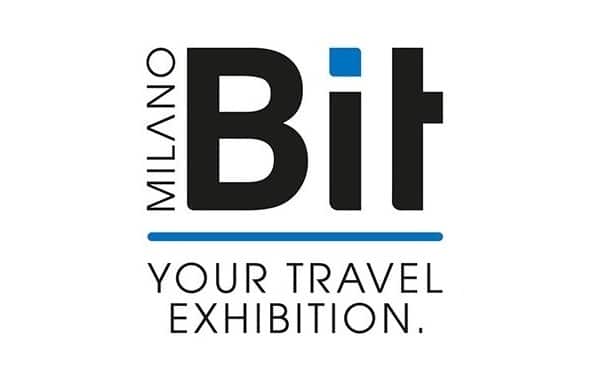
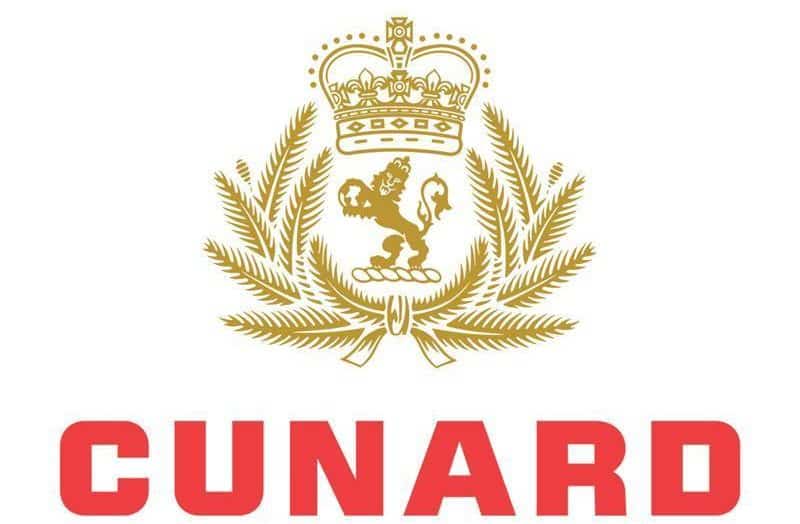

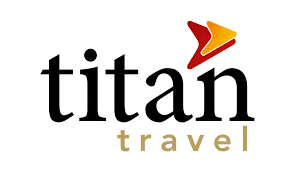


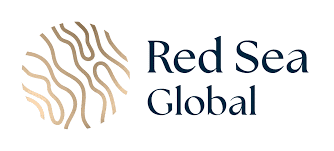




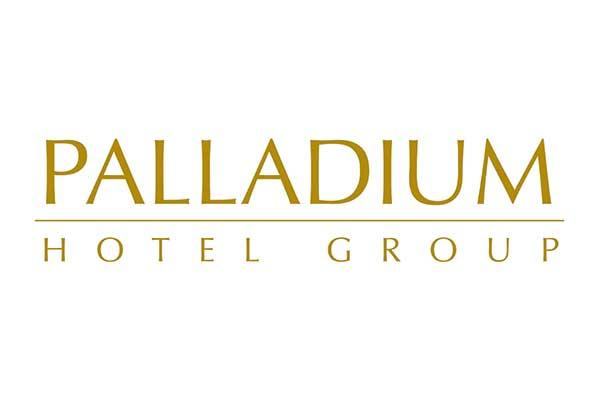



























Dozens fall ill in P&O Cruises ship outbreak
BA suspending all Heathrow to Abu Dhabi flights
Turkish Airlines flight in emergency landing after pilot dies
Unexpected wave rocks cruise ship
Woman dies after going overboard in English Channel